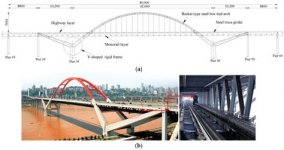Portrait means taller than wide, like a picture of a person. Landscape means wider than tall, like a picture of land scenery.
For rail orientation, I recommend calling it "rafter-orientation" and "purlin orientation". Usually if rafters are your substructure, you'll have your rails in purlin orientation, and vice-versa. You want your attachments to land on structural members, so to get the most flexibility, rails run perpendicular to the structural members you're given.
Modules themselves, and clamped in the "green zones" the manufacturer specifies. Generally, this means clamping on the long frame at 20% and 80% of the length.




